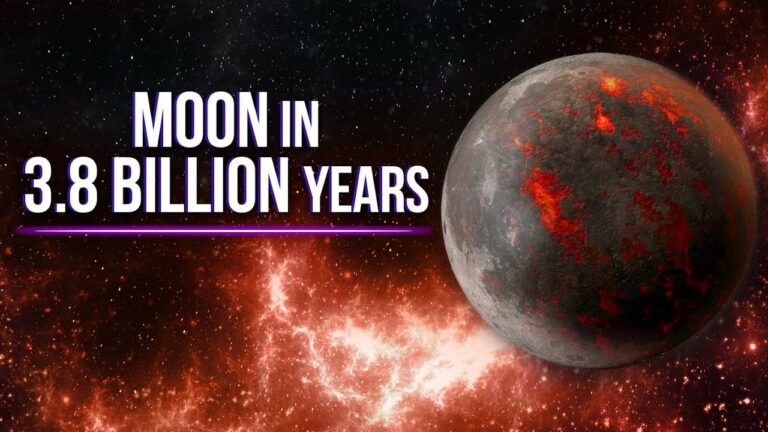What Will The Moon Look Like In 3.8 Billion Years?
The moon, our natural satellite, has been a source of fascination and inspiration for human beings since immemorial. In addition to its natural beauty, the moon has significantly impacted life on Earth. From tidal regulation to influencing climate and axial stability, the moon has influenced various terrestrial processes. But what will the moon look like in 3.8 billion years?
Let’s find out!
To understand what the moon will look like 3.8 billion years from now, it is necessary first to understand some of its characteristics and influence on Earth.
The moon is the fifth largest satellite in the Solar System, and its size in relation to the Earth is unique. The moon is about a quarter the size of Earth, making it the largest satellite relative to its planet. Also, it’s very ancient, at around 4.5 billion years old, making it one of the oldest objects in our solar system.
One of the essential features of the moon is its influence on the tides. The moon’s gravitational pull on Earth causes rising tides, which in turn impact marine life and coastal erosion. The tides would be much smaller and less pronounced without the moon’s influence.
In addition to its influence on the tides, the moon is also responsible for the axial stability of the Earth. The tilt of the Earth’s axis is responsible for the distribution of sunlight in different regions of the planet, and the gravitational pull of the moon maintains this tilt. Without the moon, the tilt of the Earth’s axis would be much more variable, which would significantly impact the climate and life.
However, the moon has not always been the same distance from Earth. Since its formation, the moon has gradually moved away at about 1.5 inches per year.
Do not forget to share your opinion with us to provide you with the best posts !




0 Comments